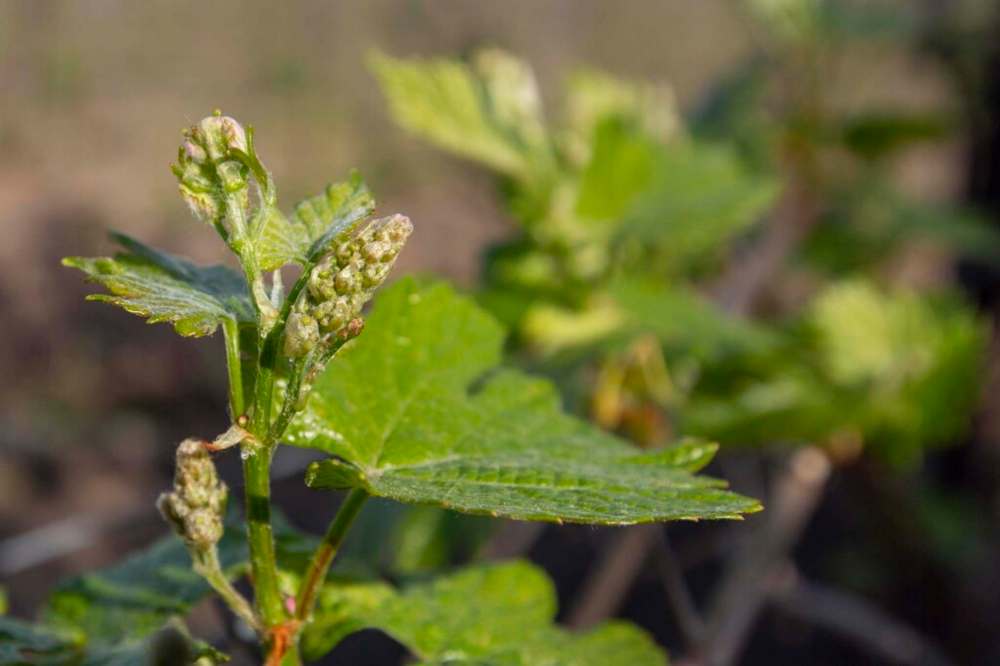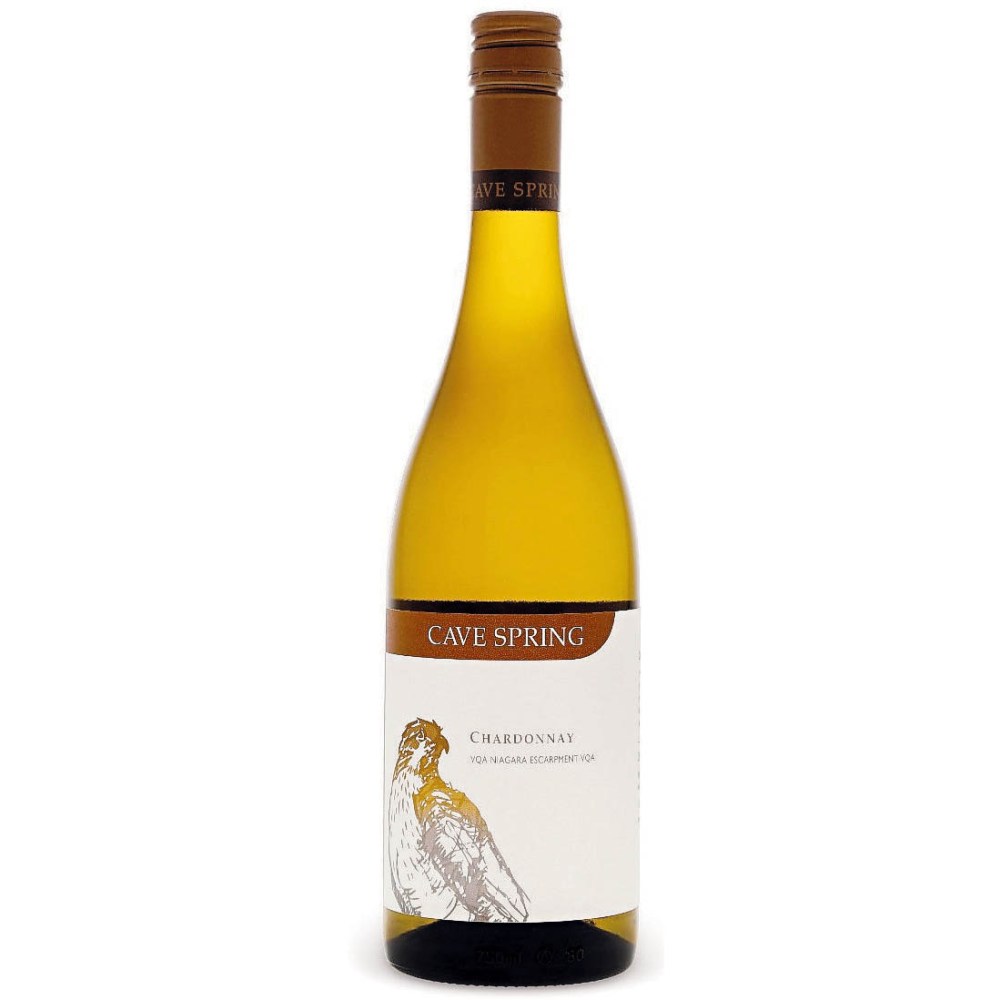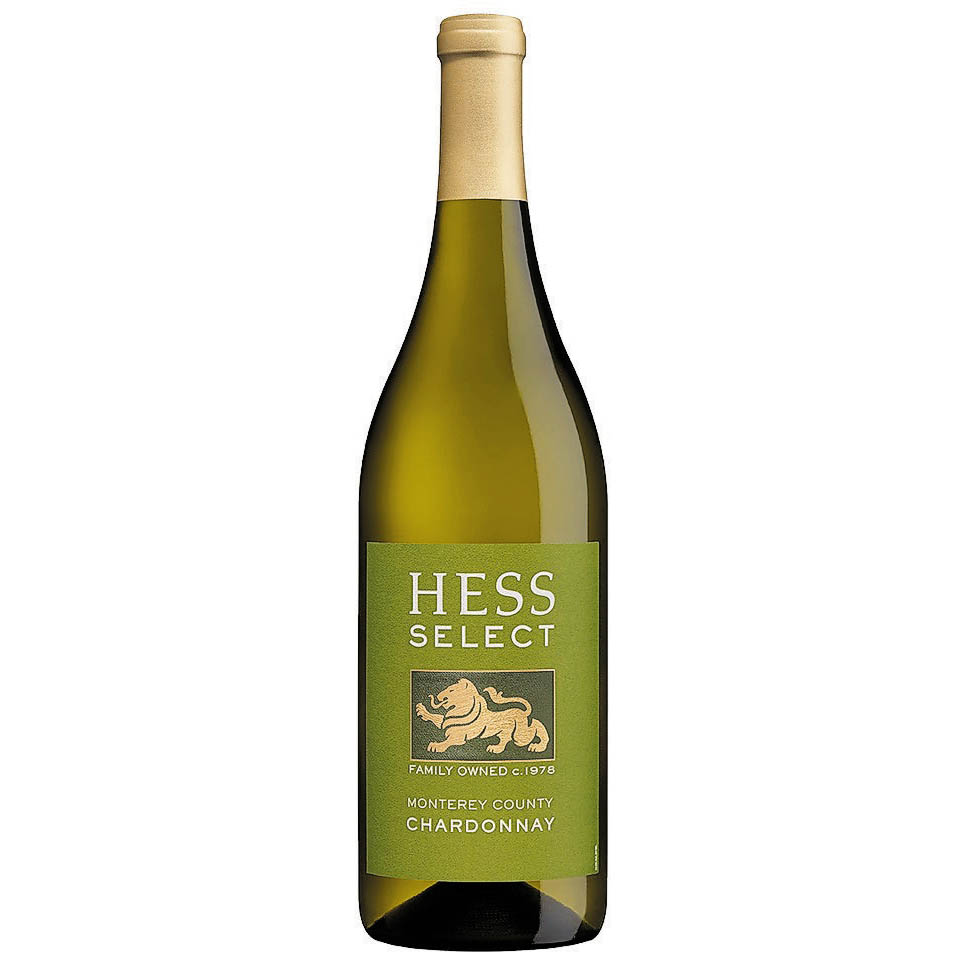Chardonnay shift
Wine producers have moved toward a fresher, more complex style of the popular white
Advertisement
Read this article for free:
or
Already have an account? Log in here »
To continue reading, please subscribe:
Monthly Digital Subscription
$1 per week for 24 weeks*
- Enjoy unlimited reading on winnipegfreepress.com
- Read the E-Edition, our digital replica newspaper
- Access News Break, our award-winning app
- Play interactive puzzles
*Billed as $4.00 plus GST every four weeks. After 24 weeks, price increases to the regular rate of $19.00 plus GST every four weeks. Offer available to new and qualified returning subscribers only. Cancel any time.
Monthly Digital Subscription
$4.75/week*
- Enjoy unlimited reading on winnipegfreepress.com
- Read the E-Edition, our digital replica newspaper
- Access News Break, our award-winning app
- Play interactive puzzles
*Billed as $19 plus GST every four weeks. Cancel any time.
To continue reading, please subscribe:
Add Winnipeg Free Press access to your Brandon Sun subscription for only
$1 for the first 4 weeks*
*$1 will be added to your next bill. After your 4 weeks access is complete your rate will increase by $0.00 a X percent off the regular rate.
Read unlimited articles for free today:
or
Already have an account? Log in here »
Hey there, time traveller!
This article was published 10/07/2021 (1532 days ago), so information in it may no longer be current.
A few days ago the Decanter World Wine Awards, one of the globe’s biggest and most prestigious, announced the winners of its 2021 competition. More than 18,000 wines from 56 countries were entered in the competition, with some of the wine industry’s smartest brains and best palates judging. (I guess my invite got lost in the mail.)
Of those 18,000-plus wines, only 50 received Best in Show awards, the competition’s highest honour. Among the 50, just one Canadian wine (not available in Manitoba, sadly) nabbed the elusive honour — the Hidden Bench 2018 Felseck Vineyard Chardonnay, which scored an impressive 97 points out of 100. It was one of just a handful of Chardonnays — most of which came from cooler-climate regions of the world — to earn top honours. (For all the winners, see wfp.to/decanter.)
Chardonnay is one of those grape varieties that thrives in virtually any climate where wine grapes can be grown, and in practically any type of soil. It’s one of the reasons it’s the second most widely planted white wine grape in the world (after Airén, which is planted widely in Spain and used mainly for brandy production).
Chardonnay’s widespread popularity has been a double-edged sword — while there are plenty of very good examples out there, most wine lovers have encountered some not-so-great examples of the grape. Back in the 1990s, many growers went through a phase of making excessively ripe, buttery Chardonnay with grapes grown in hot climates and with excessive aging in new oak barrels. Many of these wines also went through malolactic fermentation, the conversion of the tart malic acid to softer lactic acid, adding to that richness.
Wines made in this style, which is still popular in some regions and with some producers (and consumers) today, often bring big butterscotch and overripe tropical fruit salad notes, with a richer, creamier texture and high alcohol. It’s these types of Chardonnay that have typically turned wine lovers off of the grape.
Thankfully, most producers have moved away from this style, focusing more on Chardonnay’s beautiful core of apple, stone fruit and fresh citrus flavours. Depending on the soil type (think the limestone-laden vineyards of Burgundy), the grape can also pick up complex chalky, mineral notes.
A bit of oak can do a Chardonnay good, and many examples now feature only a portion aged in barrels. In many cases the barrels are used rather than new, meaning the flavours they impart are more subtle. The balance of the juice stays in stainless steel tanks to help the wine retain its freshness of fruit.
Leading the charge in this shift of styles are producers in cooler-climate wine-producing regions of the world — think Burgundy, New Zealand, Oregon, certain areas in Australia and California and, yes, Canada, in particular Ontario’s Niagara Peninsula region.
In cooler-climate regions, nighttime temperatures drop lower, while it doesn’t get as blazingly hot during the daytime. This allows the grape to retain more of its natural freshness and acidity, resulting in delicious, often-complex wines — as is evident by the top nod for Hidden Bench at the Decanter competition.
Later this month, cooler heads will prevail at the annual International Cool Climate Chardonnay Celebration (i4C) held in Niagara. From July 23 to 25, wine writers and educators, as well as producers from cooler-climate wine-producing regions, will gather (mainly online, but with a small in-person presence) to talk and taste all things Chardonnay.
If you’ve ever wanted to take a deep dive into Chardonnay — or need to be convinced wines made from Chardonnay are so much better than that buttery tropical mess of a wine that turned you off of the grape — i4C’s online events are free to attend. For a list of the sessions and to register, visit coolchardonnay.org.
uncorked@mts.net
Twitter: @bensigurdson
Wines of the week

Oyster Bay 2019 Chardonnay (Marlborough, New Zealand — $19.99, Liquor Marts and beyond)
Pale straw in colour, there are pleasant bread dough, red apple, bruised peach and canteloupe aromas. It’s dry, crisp and clean, with no oak to speak of to inhibit the fresh, almost overripe apple, peach and melon notes, and a splash of lemon on the finish. Tasty and food-friendly, especially while it’s $16.99 until July 31. 3/5
Cave Spring 2019 Chardonnay (Niagara Peninsula, Ont. — around $22, private wine stores)
The grapes for this Niagara Chardonnay, also pale straw in colour, come primarily from the Beamsville Bench sub-appellation, and primarily from estate-grown vineyards. The nose here is a bit more tightly wound, with fresh pear, peach skin, lemon zest and chalky notes coming through most prominently. There’s great vibrant energy to this light-plus-bodied Chardonnay, with a subtle saline note working with lemon zest flavours to offset ripe red apple and peach flavours before a brisk, zippy finish. Delicious. 4/5
Hess Select 2018 Chardonnay (Monterey County, Calif. — around $24, private wine stores)
From coastal vineyards south of San Francisco in the (relatively) cooler Monterey County region comes this California Chardonnay, pale gold in colour and with white peach, fig, vanilla, ripe pear and bruised apple aromas. It’s medium-bodied and relatively rich, bringing almost-sweet apple, ripe peach, lemon candy and a touch of vanilla on the palate, a dash of baking spice and a long, slightly warm finish. The richest example of the bunch, but it retains that cool-climate energy. 3.5/5
Louis Jadot 2018 Mâcon Lugny (Burgundy, France — $31.99, Liquor Marts and beyond)
Pale straw in colour, this white Burgundy from a sub-region in the Maconnais appelation of Burgundy offers a lovely saline and toasted nut note on the nose that works brilliantly with red apple, spiced pear and apricot aromas. On the dry, light-bodied but zippy palate there’s all manner of lemon zest, saline, green apple, toasted nut and chalky notes before the medium finish, which only shows the subtlest of oak influence. Complex and delicious. 4.5/5

Ben Sigurdson
Literary editor, drinks writer
Ben Sigurdson is the Free Press‘s literary editor and drinks writer. He graduated with a master of arts degree in English from the University of Manitoba in 2005, the same year he began writing Uncorked, the weekly Free Press drinks column. He joined the Free Press full time in 2013 as a copy editor before being appointed literary editor in 2014. Read more about Ben.
In addition to providing opinions and analysis on wine and drinks, Ben oversees a team of freelance book reviewers and produces content for the arts and life section, all of which is reviewed by the Free Press’s editing team before being posted online or published in print. It’s part of the Free Press‘s tradition, since 1872, of producing reliable independent journalism. Read more about Free Press’s history and mandate, and learn how our newsroom operates.
Our newsroom depends on a growing audience of readers to power our journalism. If you are not a paid reader, please consider becoming a subscriber.
Our newsroom depends on its audience of readers to power our journalism. Thank you for your support.





